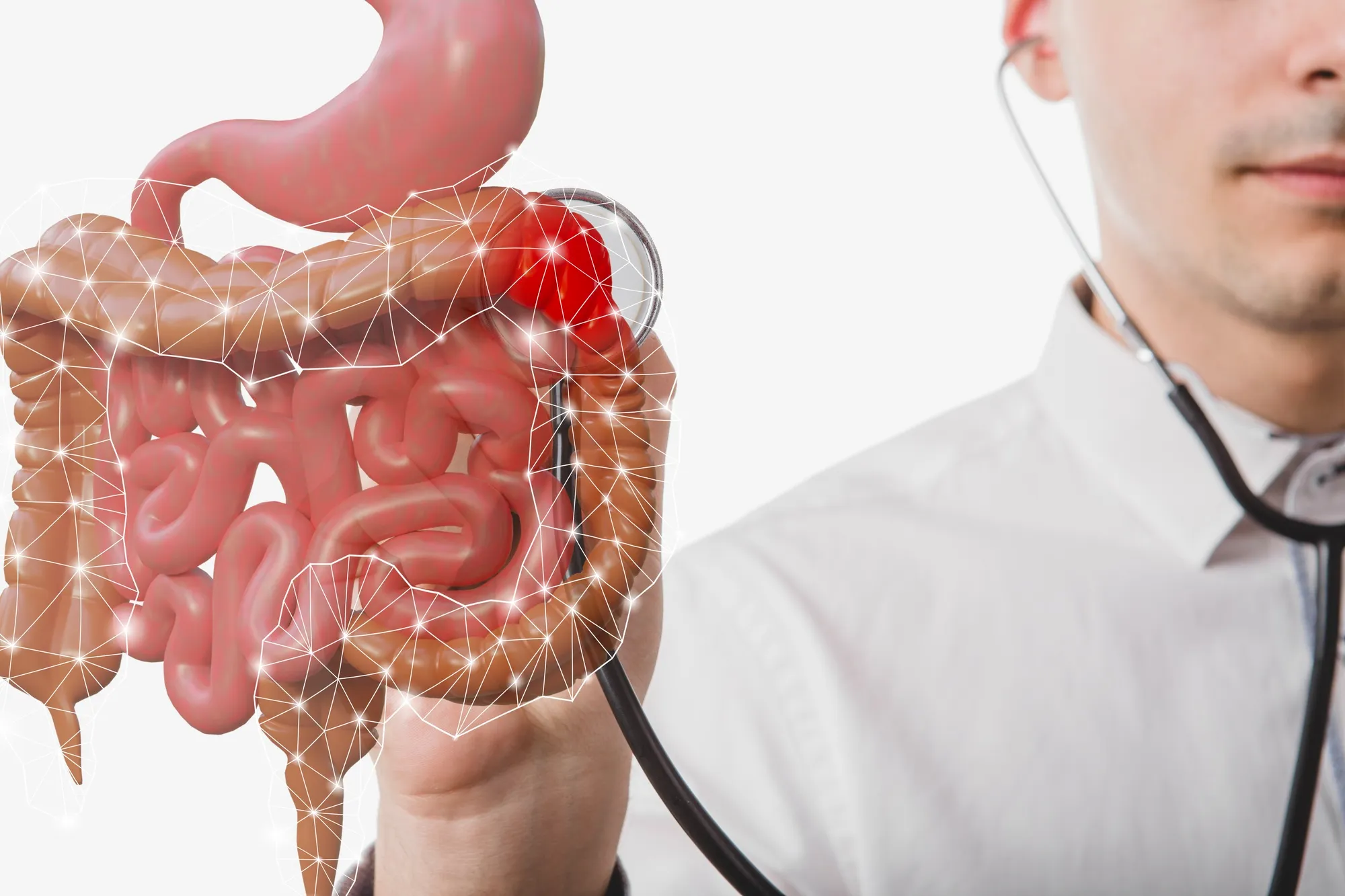Introduction
The human immune system comprises a complex array of cells and molecules designed to defend the body against pathogens. Central to this system are the T cells, specifically CD4 and CD8 subsets, which play crucial roles in the immune response. Understanding the distribution and function of these T cells within different body compartments is essential for developing effective strategies to combat infections such as HIV, a global health challenge. In a study published in Scientific Reports, researchers provide valuable insights into the distinct immune profile of the rectal mucosa (RM), a primary site for HIV acquisition and replication.
Main Body
A team of researchers from the Emory University School of Medicine, Yerkes National Primate Research Center, Rollins School of Public Health, and Pfizer Pharmaceuticals conducted an in-depth analysis of the distribution of CD4 and CD8 T cell subsets in the blood and rectal mucosal tissues of 62 HIV-negative men. The findings of their research, detailed in the article titled “Distribution of Functional CD4 and CD8 T cell Subsets in Blood and Rectal Mucosal Tissues,” shed light on the rectal mucosa’s immune landscape and the potential implications for HIV transmission and infection control (DOI: 10.1038/s41598-019-43311-6).
Examining Compartments
T cells are traditionally studied in peripheral blood due to the ease of access; however, the majority of these cells reside in tissues. The rectal mucosa is especially interesting, as it constitutes a significant barrier to pathogens and a principal site where HIV can establish infection. In this report, the authors concentrated on the relative frequencies of various T cell subsets, especially those producing interleukin-17 (IL-17), such as Th17 and Tc17 cells. These specific cells are known for their role in mucosal defense, but their distribution in the RM compared to blood was not previously well characterized.
Key Findings
The research revealed a unique immune environment within the RM, which differed significantly from peripheral blood. The RM was found to have higher frequencies of Th2, Th17, and Tc17 cells. Interestingly, most Tc17 cells in RM were capable of producing multiple cytokines, including IL-17A, highlighting a potential pivotal role in maintaining mucosal integrity and fighting infections.
HIV and Rectal Mucosa
The susceptibility of rectal mucosa tissue to HIV infection makes understanding the immune cell composition of this region vitally important. The authors examined the association between the frequencies of Th17 and Tc17 cells in the RM and the presence of highly HIV-susceptible target cells. They discovered that a more significant presence of these cells may relate to higher HIV target cell availability, suggesting that the local immune environment could influence the risk and dynamics of HIV infection.
Implications for HIV Research
These observations have implications for HIV vaccine research and prevention strategies. By understanding which cellular populations are abundant in the rectal mucosa and how they function, scientists can tailor vaccines and therapies to leverage the natural defenses of the body’s mucosal sites. Moreover, rectal microbicides that aim to reinforce mucosal defenses could take advantage of this knowledge to enhance their efficacy.
Study Strengths and Funding Acknowledgement
The researchers employed a case-control study design with a cohort of healthy, HIV-negative men, which allowed them to establish a baseline understanding of the RM’s immune composition without the confounding factor of HIV infection. The study was supported by several grants from the National Institutes of Health (NIH), including funding from the National Institute of Allergy and Infectious Diseases (NIAID) and the National Institute of General Medical Sciences (NIGMS).
Future Research Directions
The study opens up several avenues for future investigation. These include exploring the impact of HIV infection on the distribution and function of RM-resident T cells, the role of RM immune cells in other sexually transmitted infections, and the interactions between RM T cells and the gut microbiome. Further research in these areas can contribute to the development of more targeted therapeutic and preventative measures against HIV and other infections.
Conclusion
The study provides a comprehensive analysis of the immune cell populations in the rectal mucosa and their potential role in HIV infection. The distinct profile of RM, with high frequencies of potentially protective Th17 and Tc17 cells, highlights the importance of considering tissue-specific immune responses in the context of infectious diseases.
Keywords
1. Rectal mucosal immunity
2. T cell subsets distribution
3. HIV-susceptible target cells
4. Th17 and Tc17 cell function
5. Mucosal defense against HIV
References:
1. Amancha, P. K., Ackerley, C. G., Duphare, C., Lee, M., Hu, Y-J., et al. (2019). Distribution of Functional CD4 and CD8 T cell Subsets in Blood and Rectal Mucosal Tissues. Scientific Reports, 9, 6951. DOI: 10.1038/s41598-019-43311-6.
2. Mowat, A. M., & Viney, J. L. (1997). The anatomical basis of intestinal immunity. Immunological Reviews, 156, 145-166. DOI: 10.1111/j.1600-065X.1997.tb00966.x.
3. Sathaliyawala, T., et al. (2013). Distribution and compartmentalization of human circulating and tissue-resident memory T cell subsets. Immunity, 38, 187-197. DOI: 10.1016/j.immuni.2012.09.020.
4. Thome, J. J., et al. (2014). Spatial map of human T cell compartmentalization and maintenance over decades of life. Cell, 159, 814-828. DOI: 10.1016/j.cell.2014.10.026.
5. Wacleche, V., Landay, A., Routy, J. P., & Ancuta, P. (2017). The Th17 Lineage: From Barrier Surfaces Homeostasis to Autoimmunity, Cancer, and HIV-1 Pathogenesis. Viruses, 9(10), 303. DOI: 10.3390/v9100303.
